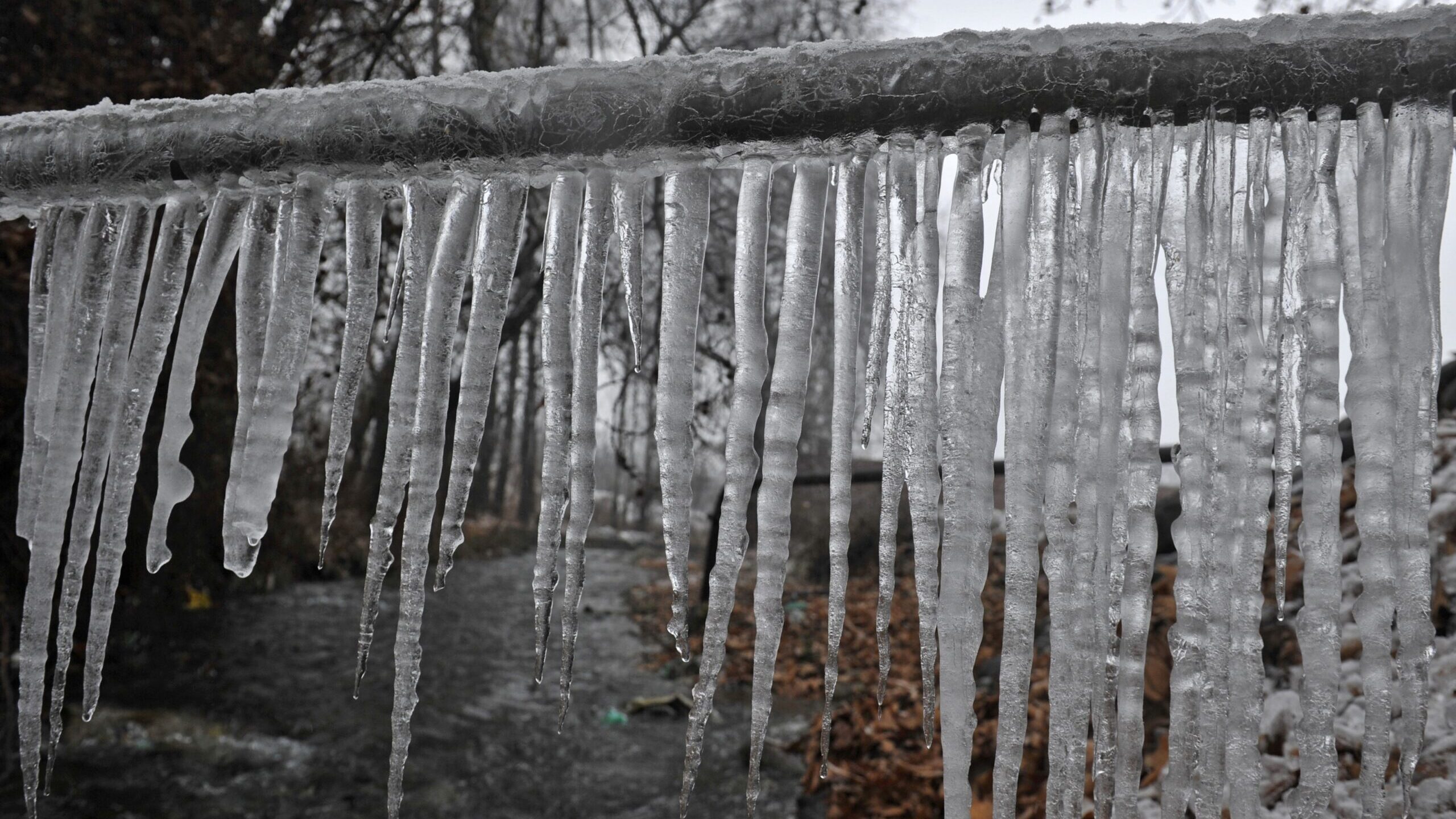Preventing Frozen Plumbing in Winter: Critical Advice
Preventing Frozen Plumbing in Winter: Critical Advice
Blog Article
Every person seems to have his or her own conception involving Winter Plumbing Precautions: Preventing Frozen Pipes.

Winter can ruin your plumbing, especially by freezing pipes. Here's just how to prevent it from happening and what to do if it does.
Intro
As temperatures decrease, the risk of frozen pipelines increases, possibly resulting in costly repair services and water damage. Recognizing exactly how to prevent frozen pipelines is important for home owners in cold environments.
Avoidance Tips
Shielding susceptible pipes
Cover pipelines in insulation sleeves or make use of warmth tape to protect them from freezing temperatures. Concentrate on pipelines in unheated or exterior locations of the home.
Home heating techniques
Maintain indoor spaces adequately heated up, specifically locations with plumbing. Open up cabinet doors to enable warm air to flow around pipes under sinks.
Exactly how to recognize frozen pipelines
Look for reduced water flow from faucets, unusual odors or sounds from pipelines, and visible frost on exposed pipes.
Long-Term Solutions
Architectural changes
Think about rerouting pipelines away from outside wall surfaces or unheated locations. Include extra insulation to attic rooms, basements, and crawl spaces.
Updating insulation
Purchase high-grade insulation for pipelines, attic rooms, and walls. Appropriate insulation assists keep consistent temperature levels and lowers the threat of icy pipes.
Securing Outside Plumbing
Garden pipes and outdoor faucets
Separate and drain garden tubes prior to wintertime. Mount frost-proof faucets or cover exterior faucets with protected caps.
Comprehending Icy Pipes
What causes pipes to freeze?
Pipelines freeze when revealed to temperature levels listed below 32 ° F (0 ° C) for prolonged durations. As water inside the pipes freezes, it increases, putting pressure on the pipeline walls and possibly creating them to burst.
Dangers and problems
Frozen pipes can cause supply of water disruptions, property damage, and expensive repair services. Burst pipes can flood homes and cause substantial architectural damage.
Signs of Frozen Pipeline
Determining frozen pipelines early can stop them from bursting.
What to Do If Your Pipes Freeze
Immediate actions to take
If you think frozen pipelines, keep faucets open up to eliminate stress as the ice melts. Utilize a hairdryer or towels soaked in warm water to thaw pipes gradually.
Final thought
Stopping frozen pipelines requires aggressive procedures and quick feedbacks. By comprehending the causes, indications, and preventive measures, homeowners can secure their plumbing throughout cold weather.
5 Ways to Prevent Frozen Pipes
Drain Outdoor Faucets and Disconnect Hoses
First, close the shut-off valve that controls the flow of water in the pipe to your outdoor faucet. Then, head outside to disconnect and drain your hose and open the outdoor faucet to allow the water to completely drain out of the line. Turn off the faucet when done. Finally, head back to the shut-off valve and drain the remaining water inside the pipe into a bucket or container. Additionally, if you have a home irrigation system, you should consider hiring an expert to clear the system of water each year.
Insulate Pipes
One of the best and most cost-effective methods for preventing frozen water pipes is to wrap your pipes with insulation. This is especially important for areas in your home that aren’t exposed to heat, such as an attic. We suggest using foam sleeves, which can typically be found at your local hardware store.
Keep Heat Running at 65
Your pipes are located inside your walls, and the temperature there is much colder than the rest of the house. To prevent your pipes from freezing, The Insurance Information Institute suggests that you keep your home heated to at least 65 degrees, even when traveling. You may want to invest in smart devices that can keep an eye on the temperature in your home while you’re away.
Leave Water Dripping
Moving water — even a small trickle — can prevent ice from forming inside your pipes. When freezing temps are imminent, start a drip of water from all faucets that serve exposed pipes. Leaving a few faucets running will also help relieve pressure inside the pipes and help prevent a rupture if the water inside freezes.
Open Cupboard Doors
Warm your kitchen and bathroom pipes by opening cupboards and vanities. You should also leave your interior doors ajar to help warm air circulate evenly throughout your home.

I was introduced to that editorial about Helpful Tips to Prevent Frozen Pipes this Winter through a pal on another web address. Feel free to take the opportunity to share this article if you enjoyed it. I praise you for being here. Come back soon.
Click Here Report this page